Plant Summary:
The name of the flower Passion Flower – Passiflora Disemma is derived from the Passion of Christ on the cross. In the 15th and 16th centuries, Spanish Christian missionaries discovered this flower and adopted its unique physical structures as symbols of the death of Christ. In North America they are also called the Maypop, the water lemon, and the wild apricot (after its fruit).
Passion flowers are pernnial climbing woody plants, mostly grown in tropical America but with a few species originating in Asia, Australasia and the Polynesioan Islands. They climb by means of coiled tendrils. Many of them have beautiful frangrant flowers and several produce edible fruits.
Passion Flower – Passiflora Disemma can be grown as a houseplant, but it needs lots of indirect sunlight. It can be grown in deep pots with wire hoops to support it. T Plants grown indoors should be placed on a tray of moisture-retentive pellets. This plant is easily grown from seeds or from cuttings. Outdoor plants will need full sunlight, but indoor plants will need protection from the full force of the sun in summer.
In summer the plant must be watered well and repeat after the surface of the pot dries completely. In winter, water sparingly maybe, once in two days. Never mist the flowers. For the seeds to germinate soak the seeds overnight in warm water before sowing.
The plants can be fed with a proprietary fertilizer every ten days from summer through autumn. The maximum height it may grow up to is 6 meters or 20 feet.
Passion Fruits:
More than 55 species of Passiflora are grown for their edible fruit but of these only two are cultivated in subtropical and tropical regions respectively, for their delicious fruits:
The purple fruited Passiflora edulis and the yellow-fruited Passiflora edulis.
The egg-shaped passion fruits have a tough leathery and occasionally wrinkled skin, which is usually purple or yellow. A red variety is also available. The pulp of the fruit is yellowish and aromatic, surrounded by numerous hard black seeds attached to small peg-like outgrowths on the fruit wall.
This pulp, which is made up of juicy outgrowths from the seeds (arils), is rich in vitamin A and contains appreciable quantities of vitamins B1 and C. Both the seeds and the pulp are edible. The fruits are usually eaten raw and are popular in fresh fruit salads. Many of the yellow-skinned passion fruits are grown for juice production.
Plant Healing:
§ Mealy Bugs attack can be treated with a cotton bud soaked in methylated spirit.
§ Red Spider Mite attack can be treated by using an insecticide-impregnated spike.
§ Burn the extremely sick plants.
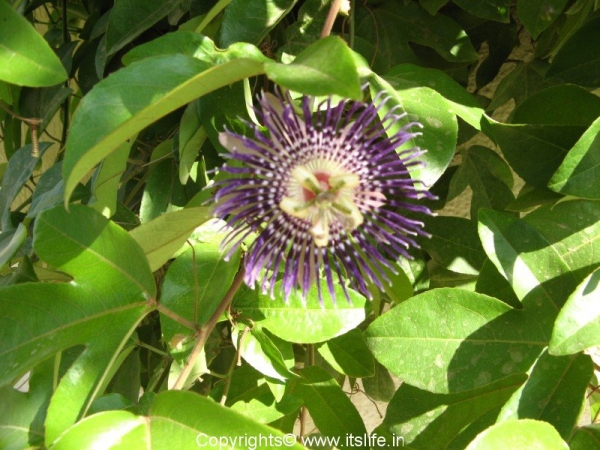
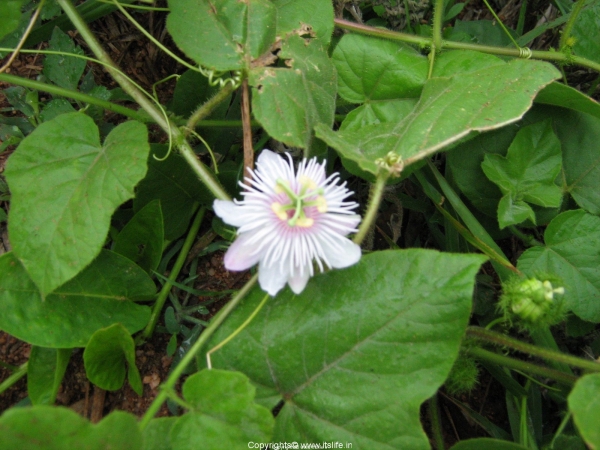
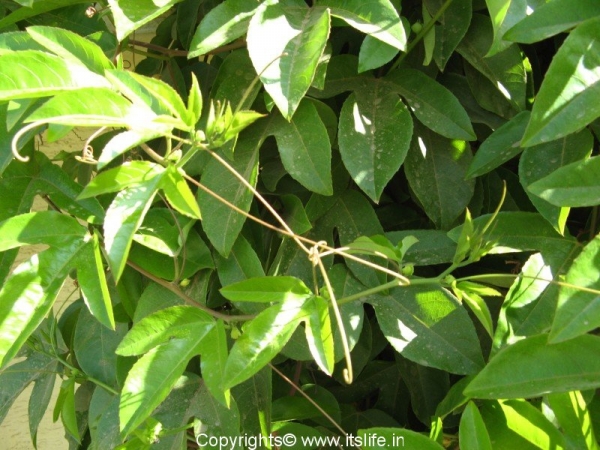
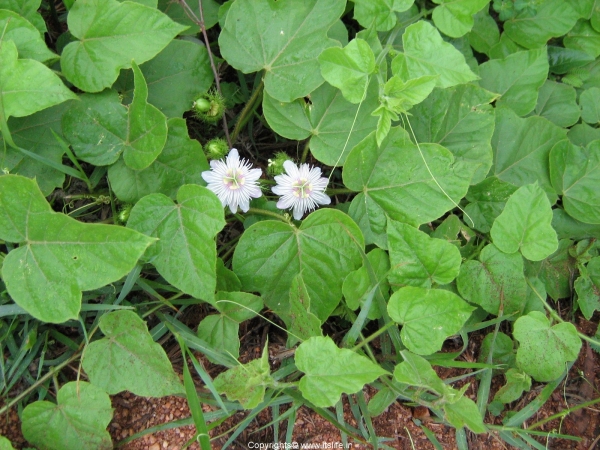
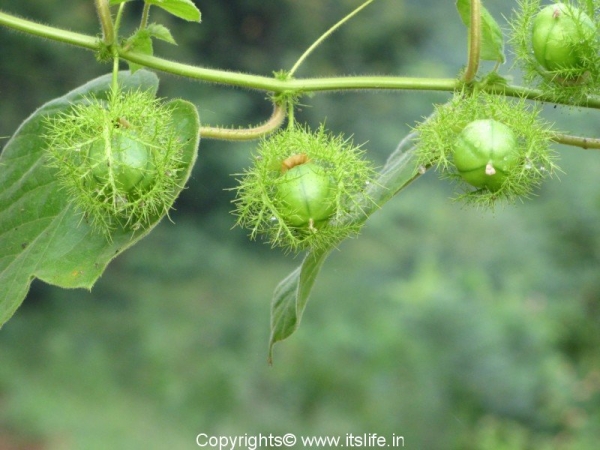
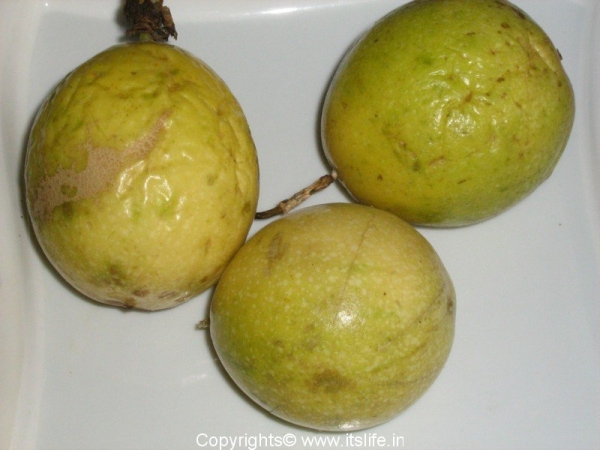
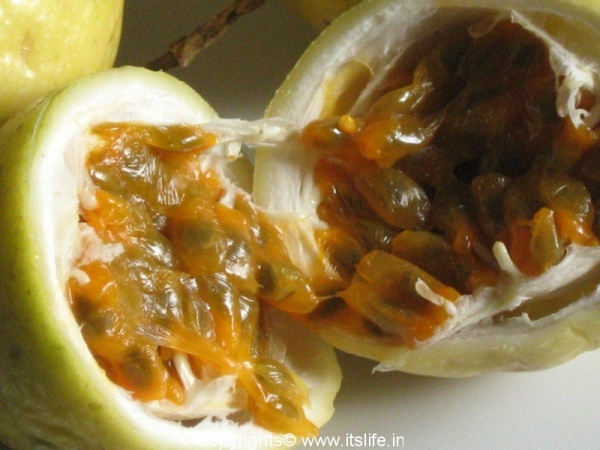
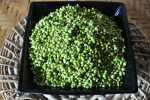
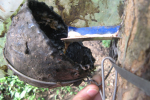
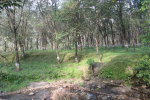
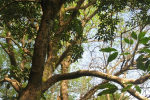
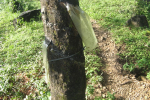
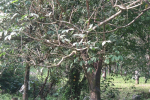


I am at awe, never thought there are so manny species. I only found 6 in Guyana. now I on the hunt.
We now started The Tropical Plant Day Foundation, celebrated on Nov.3… Plant a Tree / Hug your Kids. I am on Face Book. Thanks, Hc.
Hi Hilton,
Wow! I liked “plant a tree / hug your kids”. All the best,
Shantha
Searching forthis passion fruit from a long time.. durig my childhood i ate this.. now am 35..even i dont the fruit name in english.. through imagesearch i dound this..thank for posting this fruit..
I am glad you could read about this fruit that you enjoyed as a child. Thanks for sharing your thoughts.